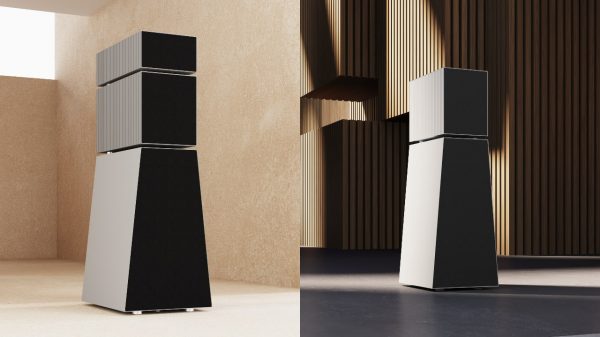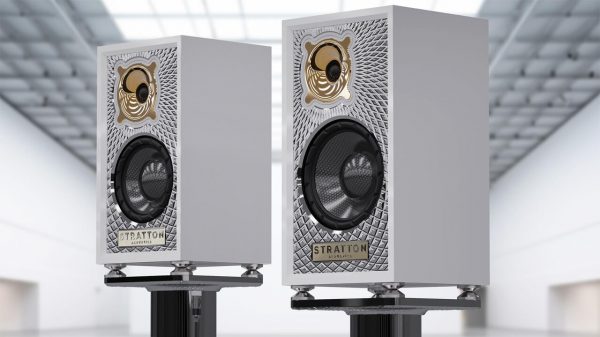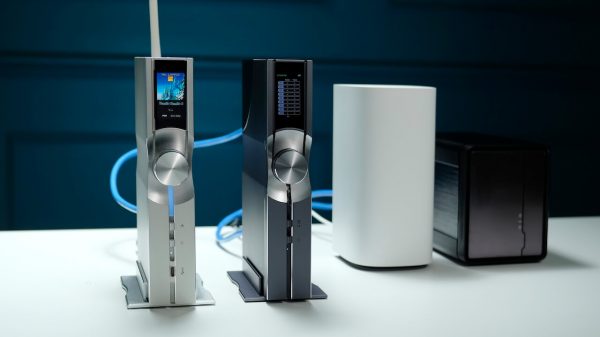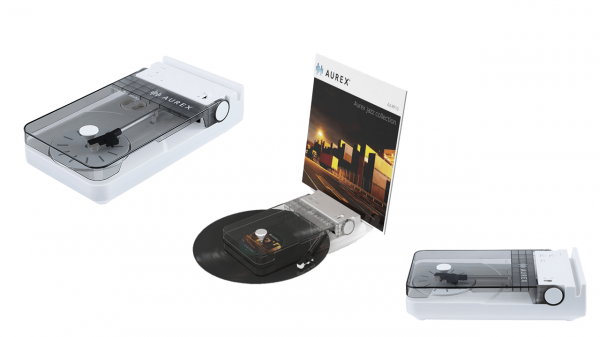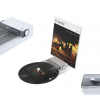DVDO is redefining the video processing category with their newest iScan model featuring 1080i deinterlacing and 1080p signal processing.
Campbell, CA — September 2006 – Anchor Bay Technologies, Inc. (ABT) today announced their benchmark high-definition video scaling processor, the DVDO iScan VP50. The VP50 features all of the processing power of Anchor Bay’s Video Reference Series (VRS) technologies including Precision Video Scaling II and HD Precision Deinterlacing. This fifth generation iScan system product breaks the mold of what was previously thought possible in the video processor category. A diverse set of inputs and outputs utilize Anchor Bay’s best in class VRS processing technologies to create a processor capable of accepting all video components and driving high definition displays to their absolute peak performance.
The DVDO iScan VP50 is the first Anchor Bay system product to come equipped with VRS HD Precision Deinterlacing. Since 1080i is a current standard for many high-definition broadcasts of TV, VRS technology features the most advanced processing algorithms to deinterlace, upscale and match the native resolution of the display it is connected to. With its five-field motion-adaptive deinterlacing, motion and edge adaptive methods based on robust detection of input signal types, and its non-standard cadence detection techniques, ABT’s HD Precision Deinterlacing offers optimum video processing resulting in truly outstanding picture quality no matter the source.
The VRS Precision Video Scaling II developed by Anchor Bay is full 10-bit scaling featuring enhanced sharpness control to preserve all the detail and subtle nuances in the video source. The VP50 also features Precision Gamma Correction for precise, individual R/G/B adjustments as well as Precision AV Lip Sync to correct digital audio delay.
The VP50 accepts 1080p input signals from video components and processes them to the native resolution of a display, especially important with the emergence of HD-DVD and Blu-ray sources that will inevitably be connected to legacy, non-1080p display devices. Moreover, the VP50 will have a 1080p pass-through mode so the signal is left untouched from the source, to a native 1080p display. Additional unannounced pending industry certifications and VRS technologies will further cement VP50 as the premier product in the video processor category.
Another valuable feature of the VP50 coming via VRS HD Precision Deinterlacing will be two built-in Game Modes. The modes were designed to reduce frame delay or “game lag” for video game enthusiasts who use legacy consoles with high-definition displays. The internal signal processing of many displays can take several seconds, rendering many video games unplayable since instantaneous response to the action on-screen is required. The iScan VP50 will provide two separate modes: Mode 1 offers edge adaptive deinterlacing with less than a one frame delay; Mode 2 offers edge and motion adaptive deinterlacing with less than a two frame delay. Anchor Bay was the first company to offer a video processing solution for “game lag”.
The VP50 ships with several accessories including a USB to serial adapter for software updates, and a newly developed Anchor Bay test disc for calibration. Anchor Bay designed the VP50 to allow for future enhancements which may include input and expansion modules and future Video Reference Series technologies still under development.
MSRP of the DVDO iScan VP50 is $2,999 and is now shipping.
For more information on DVDO, please visit www.dvdo.com.
Anchor Bay Technologies Inc. (ABT) designs, manufactures, and markets semiconductor and system-level solutions for the next generation of Digital Television and Digital Video electronic products. Headquartered in Campbell, California, ABT is the parent to DVDO Home Theater Products and the creator of the proprietary DVDO iScan line of video processing systems. Anchor Bay Technologies’ Precision Video Scaling technology is based on ABT’s proprietary video scaling engine that can independently scale an image horizontally and vertically to achieve an outstanding picture quality for today’s high resolution video displays.



